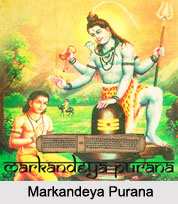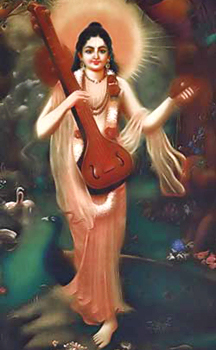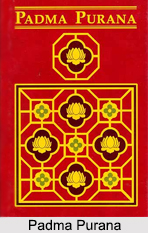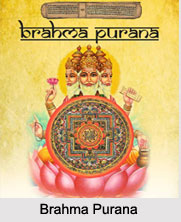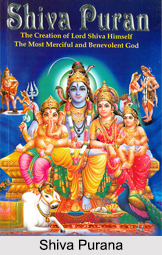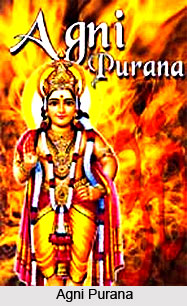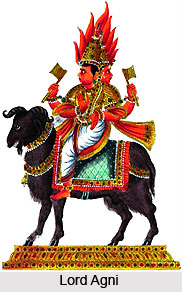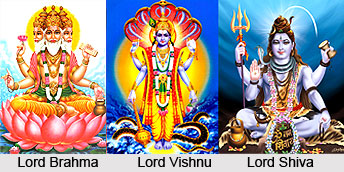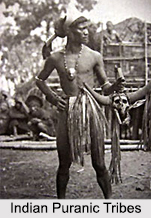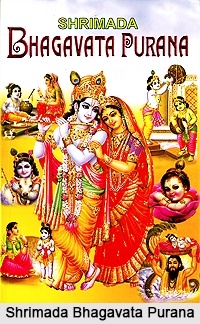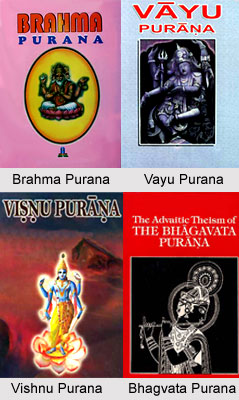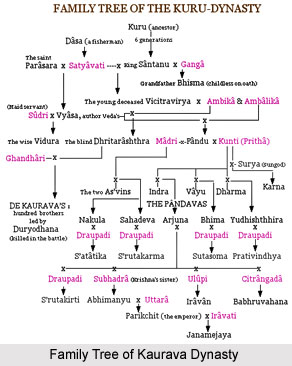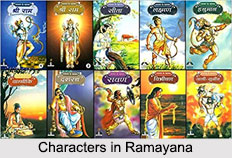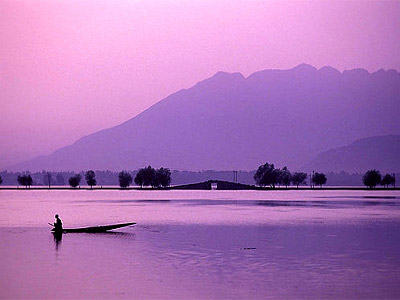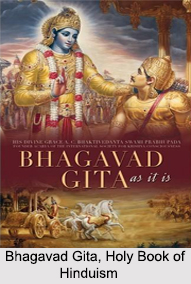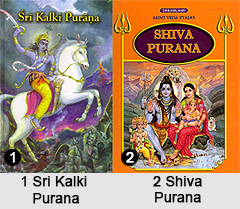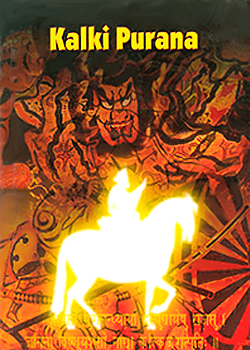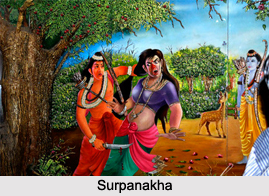Jyotis Shastra is very ancient and can be traced back to the Vedic age. Jyotis Shastra in Narada Purana consists of different subjects which includes phenomena of the day and night, the Sun, the Moon, the Stars, the eclipse, the rising and falling tides in the ocean.
According to Narada Purana, Jyotis Shastra is a conceptual part of Brahma`s work in 4,00,000 verses, divided into astronomy horoscopy and natural astrology.
The matters described in the astronomical section are: Parikarma (arithmetical operations), calculation of planetary position, Anuyoga (place, direction, time, etclunar and solar eclipses, the heliacal rising and setting, Chaya (shadow), Sringonnati, planetary conjunction and Pata.
The astronomical portion, excepting those related to the eclipse, heliacal rising and setting, shadow, elevation of the Moon`s cups and planetary conjunction, is an extract from the Suryasiddhanta. But it cannot be firmly said that Narada copied these verses form Suryasiddhanta. Perhaps the source of information was common.
The topics of horoscopy include various zodiac signs, planetary sources, multiple births, calamities, lunar combinations, women`s horoscopy, death and many more. The horoscopy have similarities with the Brhajjataka of Varahamihira. The Sarbhita segment deals with the topics which include planetary movements, auspicious timings, strength of stars and the moons, idol installation, several birth types and unusual incidents.
The Narada Purana stands out as the only Hindu text which deals with all the three branches of Jyotis Shastra in detail they being Ganita, Phalita, and Jataka.
This article is a stub. You can enrich by adding more information to it. Send your Write Up to content@indianetzone.com

